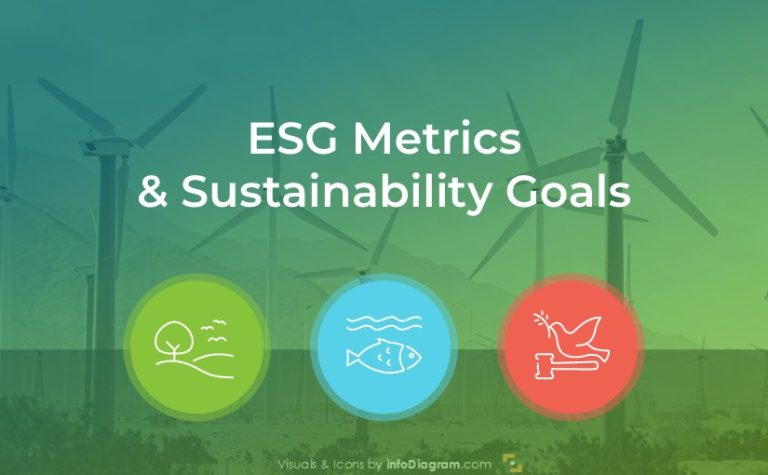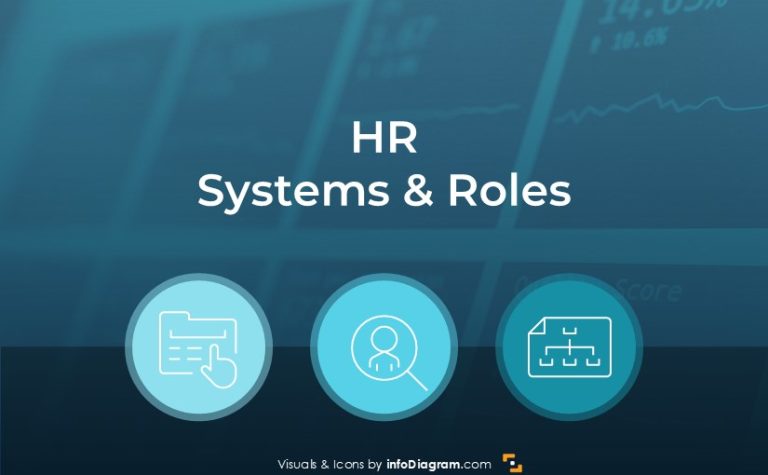Presenting Green Living Project – a user story
They say a picture is worth a thousand words. I’ve always erred on the side of a thousand words, but that makes sense – I’m a writer, not a designer.
Writing blog posts, web content, and articles have always been something I’ve excelled at. Unfortunately, there are some things better conveyed or illustrated with actual pictures than with words. In this post series, I’ll be sharing scenarios where InfoDiagram made it easier for me to complete client projects in a variety of industries in the hope that my experiences might inspire you to solve your own concept visualization challenges.
Fighting Recycling Symbol Cliche
Eco-living or green living topics can be difficult to find accompanying illustrations or photographs for. In general, eco-living has proven to be one of the most challenging topics, because it can cover anything from composting methods and healthy foods to how to sustainably source resources for building or indoor environmental quality. For a long time whenever I would ghostwrite these articles I would know that I would be throwing a recycling symbol somewhere in my write up.

That was it. Whether I was writing about reasons why people should commute by bicycle at least once a month or the benefits of composting, I was going to be slapping a recycling emblem in there somewhere. The only other alternative was also sticking a globe or clip art of the Earth somewhere else. (Because, you know, being eco-conscious = saving the Earth.)
It’s disappointing to think that writing about something as diverse as our planet and nature should be reduced to two symbols. This is especially true when you think about how eco-living easily extends from DIY articles to arguments towards solar power (have you seen the Elon Musk talk on solar panels revolution?) and geothermal heating and cooling methods.
Being Creative with Eco-Themed Presentations
Finding graphics on InfoDiagram has been a game changer.
The most useful categories for writing in this space for me personally are the animals and ecology presentation graphics and the agriculture and natural resources images.
The collection featuring animals and crops is helpful because it provides a load of icons featuring plants and foliage of different types. These icons can easily represent plant life in the context of eco-living, even if it is symbolic and doesn’t exactly match the plants or actions you’re discussing. I like the thought of using clip art of plants when drawing on metaphors or calls to action to ‘stop and smell the roses’ because it gets readers to think about the plant life in their own environment, rather than simply drawing on a stock image of a tree somewhere. (It is especially helpful when discussing animals, farming, or animal husbandry because finding decent stock images of certain creatures can be exceptionally tough, especially food animals or aquatic life.)
This energy and agriculture set is perfect for articles for using sustainable energy. As is true with animals, it can be difficult to find appropriate stock photos for things like wind and solar energy. (Especially if you’re writing about these topics on a regular basis. After the third or fourth instance of using the same photo of a solar panel, your readers are bound to get wise, which means you might as well skip the images at all. At that point they aren’t serving their purpose, anyway.)
If you are looking for something more complicated, than one symbol, you can easily create catchy infographics, here is an example:
Or in case you need to be descriptive about concepts, connected with green living:
Fighting Cliches and Making Graphics Work
I’m always looking for new and innovative ways to utilize imagery in the context of written articles. If you’ve written something in this space and found a different way to use imagery, I’d love to hear about it! Check out the different icon sets in the agriculture area, and let me know what you come up with!
Until next time,
‘Fox’ – freelance writer
In case you’re looking for more ideas:







